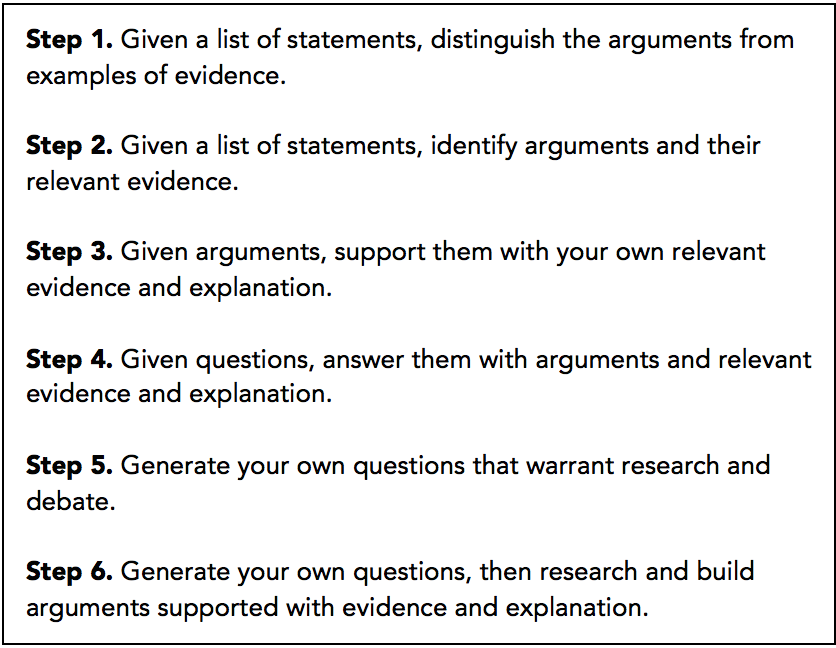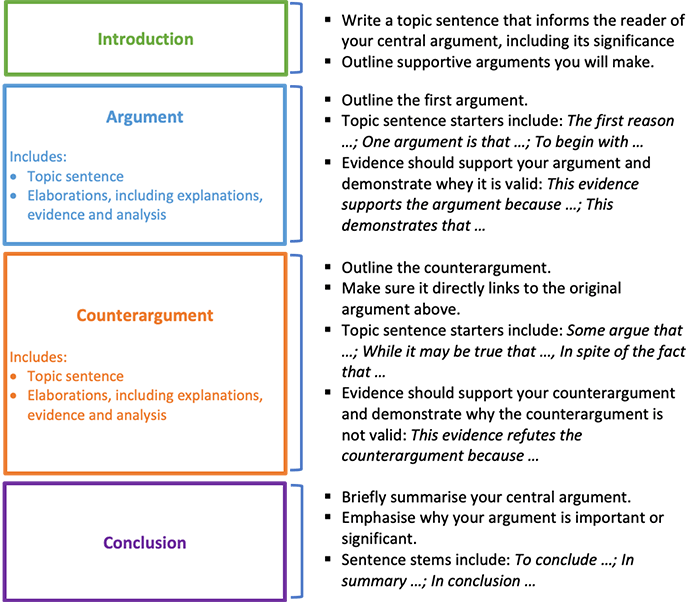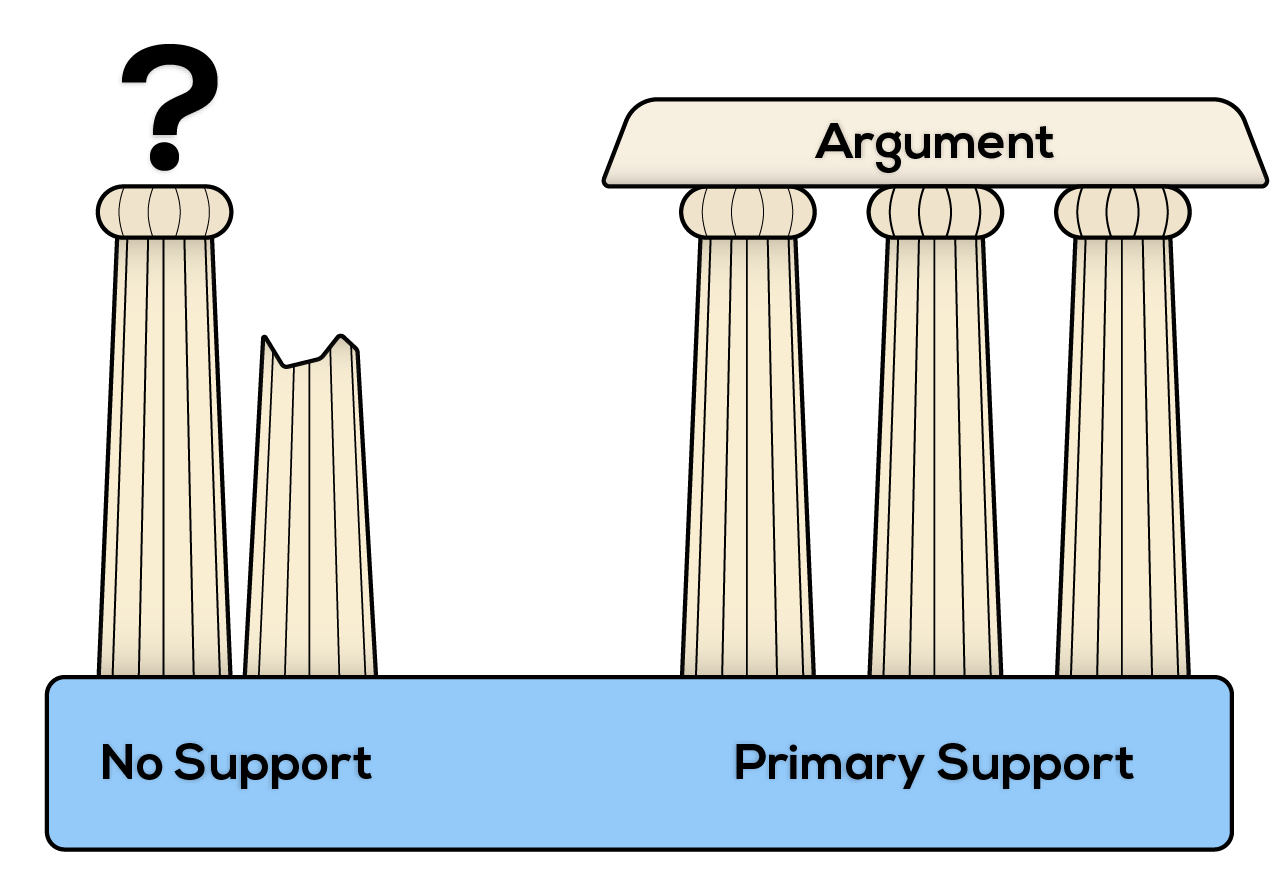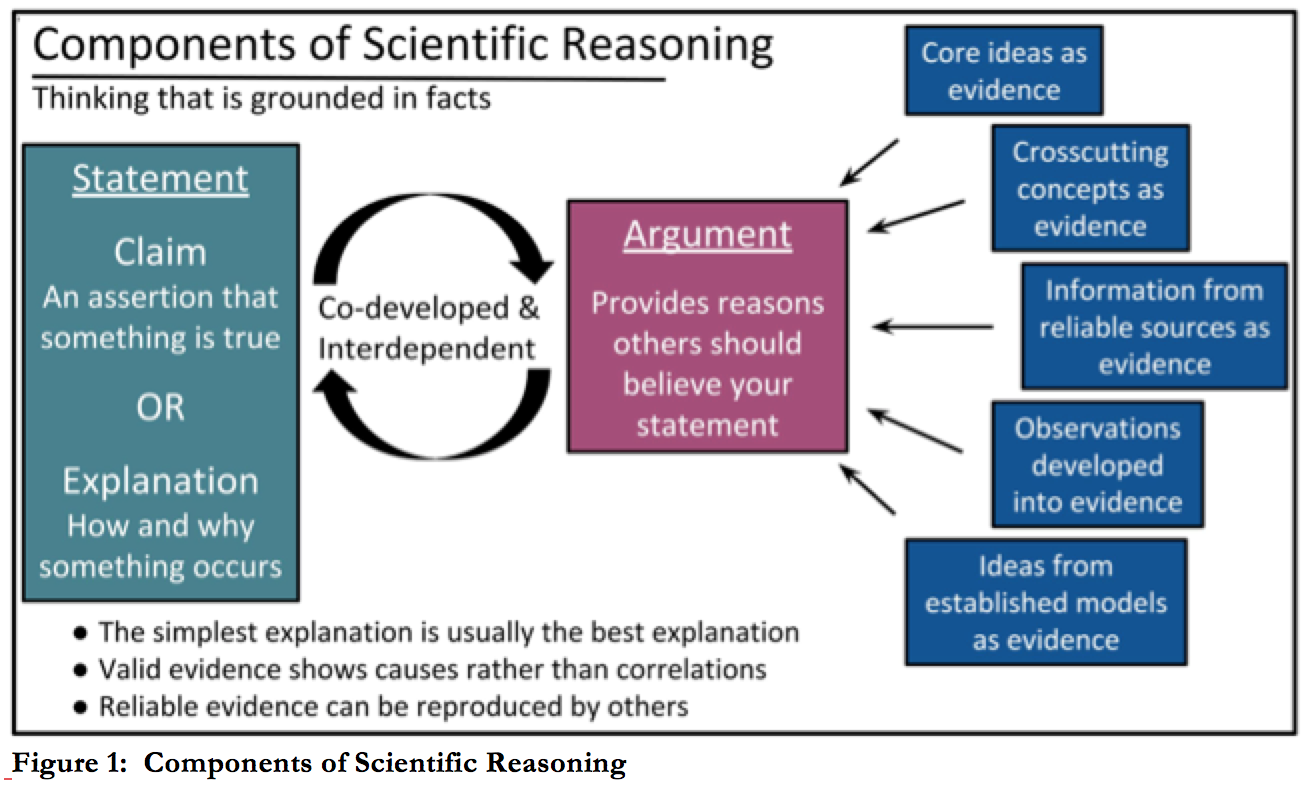Cool Tips About How To Support An Argument

First, let's consider where supporting details fit into the whole of an argument.
How to support an argument. If you're interested in writing an effective argument, here are eight steps you can take: They say behind the rise of every successful man is a woman, and behind the fall of every successful man is usually another woman. It is used most often.
(1) to develop a position after reading and developing our own. Every class, or type, of an essay writer has its own pros and cons. Surveys, statistics, quotes from relevant people and results are useful arguments to deploy in support of.
To make the most effective argument possible, you should consider not only what students would say about seating but also what alumni who have paid a lot to get good seats might say. Decide what you're arguing before you begin your writing, take a moment to formalize. Supporting arguments “back up” your thesis or help “prove” it—to the extent that it can truly be proven.
They can be used separately or in combination, according to your. Counterarguments point out a flaw or weakness in the objection (without belittling the person who is objecting). Understand your argument and why the types of sources you are using are effective for your specific argument and field of study consider the variety of sources you employ.
Click on each arrow to see more information about each step. You have to present the argument you made, in short, and show that it supports your statement. In order for your argument to be persuasive, it must use an organizational structure that the audience perceives as both logical and easy to parse.
Concessions admit the value of an opposing viewpoint, but quickly pivot back to. How to use evidence to support an argument or learn to argue just like To help you identify what mistakes you might be making, check out the infographic below from the visual communication guy.


















